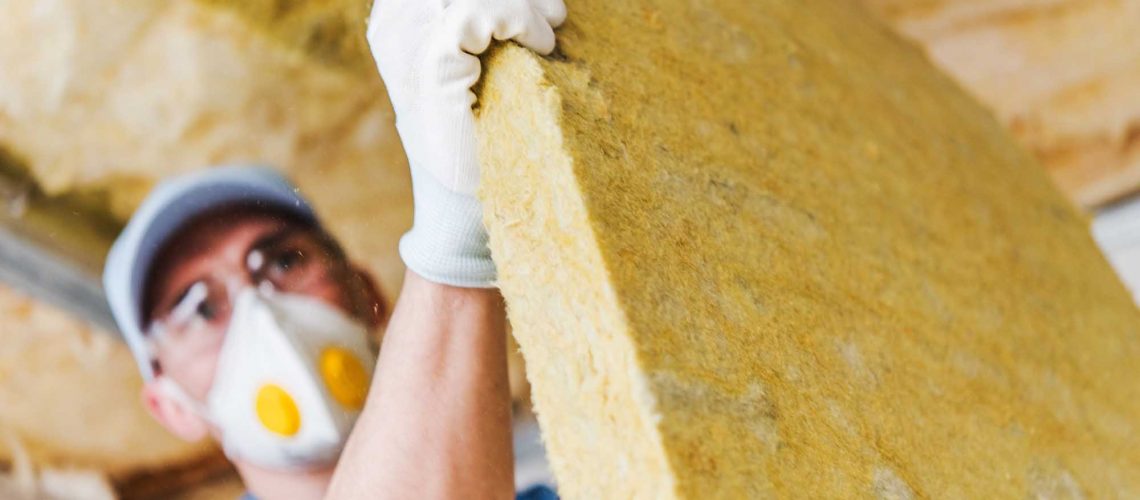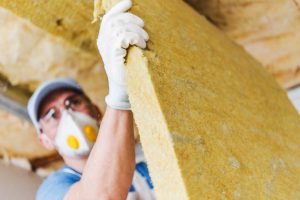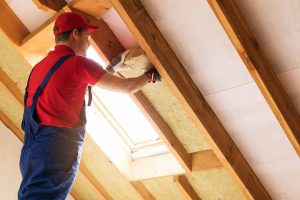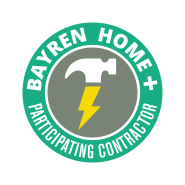The utilization of home offices is at an all-time peak as the pandemic progresses. When you have an excess of background sounds distracting you, working from home can be challenging. It might be time to soundproof your workplace if you are working from a home office and have difficulty keeping outside sounds out. We also compiled advice from professionals from Miami to Seattle to share the best ways to reach optimum efficiency in your home office soundproofing.
Build a cave for pillows
Try to fill your camera with three pillows, one on either side, and one on top if you are capturing audio in your home office. Lean into your freshly shaped pillow cave to chat, then. Attempt to face a corner of the room rather than the flat wall with less overt reverberation. Smaller areas with sound-absorbing content assist with soundproofing, whether it’s hanging near, a throw, or even bookshelves. There are quick hacks that are not going to mess with your look and you’re not going to have to pay extra cash. -TechSmith
Choose carefully for your home office room
The way you speak or how the microphone processes your speech may be influenced by background noise. Avoid one that is influenced by ground traffic noise, or sounds from the surrounding streets or businesses when picking a space for your video conference. Often, stop rooms that have loud HVAC devices and could be audible to others, such as AC units or ventilation fans. BKL-BKL
To minimize ambient noise, use weather stripping to
The addition of adhesive perimeter (i.e. weatherstripping) seals across the office door frame is a must-have to minimize exterior noise during a teleconference. The bottom of the door should also be sealed for optimum success. This can be done by adding, usually in conjunction with a raised threshold, a door bottom shoe or vacuum. For placement in the home office, a small fan is often suggested. The fan will lift the level of background noise artificially which may help obscure the audibility of household sounds during a phone call. -Acoustics of BAP
Opt for Windows with Double Pane
Double pane windows are a perfect addition to every space when soundproofing your house. Add argon gas that is 10 times as thick as dead air. Using an offset glass of 3/16 and 1/8 gives it the extra boost you need in additional noisy environments. Laminated glass is suggested in extreme circumstances. Windows — Golden State
Convert a garden shed or attic into a workspace
If you haven’t named your home office yet, then think of the place, the place, the place. Ideally, a space separated from external sound sources should be filled, so avoid rooms that are near other homes and living spaces. For this cause, converted attics and garden studios seem to perform well. Doors and windows are normally the worst devices in terms of remedial intervention, but investing in high-quality acoustic door sets and/or secondary glazing will make a significant difference without needing significant redesign work. -MuteSoundproofing
Apply a compound for vibration-dampening
You would most likely be able to minimize a large amount of sound coming through a drywall wall or roof if you are able to perform even a touch of building. The insertion of a coating of Green Glue between the current wall or ceiling and a new sheet of drywall is one of the most efficient and cheap ways to “tweak” a wall or ceiling. The Green Glue is a compound for vibration dampening that does an excellent job of reducing the cost of hearing. -Acoustic surfaces
Replacing doors and windows
From the outside, much of the sound approaching a building comes from the windows and doors. Often manufacturers conduct acoustical laboratory tests to assess the Outdoor-Indoor Transmission Classification (OITC) rating on their window and door products, which informs the user the efficacy of the device in mitigating traffic noise. By replacing existing windows and doors with assemblies with higher OITC scores, sound attributable to external noise can be greatly minimized. Services-Noise Control
Install automated bottoms of doors
Using solid wood doors at least two inches wide, plus adding automatic door bottoms and jamb applied sealing systems in both interior and exterior doors, is the perfect way to complete the home soundproofing. Rustic Doors-South Bay
Using portable walls as a compact solution
Mobile walls fitted with high-performance acoustic absorbers will decrease the reverberation time of the room and lower background noise. This will offer you more privacy from the rest of the space or house and create a shield. You can switch and reconfigure the mobile walls as you like by means of a portable solution. You can also conveniently install the panels to a wall if you need them. AV Consultancy Utter
Understand the correct materials to use
For soundproofing, the most popular materials used include:
Acoustic Foam: This substance has a distinctive wedge or pyramid form that absorbs sound extremely effectively. As frames, they stick to walls, hang from ceilings as baffles, or rest as bass traps in corners.
Sound insulation: Sound insulation is meant to work between the wall studs. The bats fit snugly between the studs to fill up sound-transmitting airspace.
Decorative variants of sound insulation and sound-absorbing foam are Acoustic Panels / Boards. In the home and office, they will come in many pleasing shades, patterns, and materials to fulfill a dual purpose. -Advanced options for Attic
Invest in high-quality, thicker windows
When attempting to soundproof, there are four variables to integrate for windows: height, thickness, materials & criteria for soundproof ranking. The greater the glass, the greater the distance, the more sound will escape in. Knowing the options for glazing is critical. You can laminate, use an independent glass device and add various glass thicknesses. The air space between panes also impacts the STC; there would be a smaller STC in the wider air space between panes. Similar thicknesses of glass can obstruct different wavelengths of sound. Glass-Port Window
Attempt to attain full isolation of sound
It just depends on how much sound you’re trying to deaden, soundproofing a room, actually called sound insulation. For full sound insulation, specialized construction materials and methods are needed. Insulating interior walls, replacing hollow doors with solid doors, and sealing any possible air openings in the wall are several easy tricks to minimize echo. -Dave Pedigo, executive officer, Auralex Acoustics
Flush the walls with mineral wool or cellulose
I will be sure to use something that has a moisture barrier for soundproofing, considering what some might say. Be sure to verify that the fire block is not there. You will have to drill a second set of holes halfway down using a bit of 15/16 that makes a hole about a quarter of the size, easy to fill, and cover with some mudding and painting. Using a cellulose product since it is lighter on the ground-up and more can be put in. -Rick McKinney, owner of Insulation McKinney.
In pre-existing buildings, two choices exist for adding soundproofing. To build an airtight seal in which you cover the holes and paint again, the first is to fill the current wall with cellulose through 1-inch holes drilled every sixteen inches. The second approach is to cut the inner wall, install the whole length of the wall with mineral wool, and add new drywall to replace the material removed. -The Attic Elite
That Door’s Soundproof
The most powerful tool is a Sound Transmission Classification graded door to soundproof the door of your home office. A basic strong core 1-3/4 “thick flush door can also produce excellent results if you don’t want to smash the bank, as these doors can become costly. Many people do not realize that most of the sound passes through the lock, frame, and floor openings, so make sure you use gasketing and a lock sweep to reduce air space and thereby transfer sound. Door-Manhattan
Source: Redfin blog, Expert Tips for Soundproofing Your Home Office











